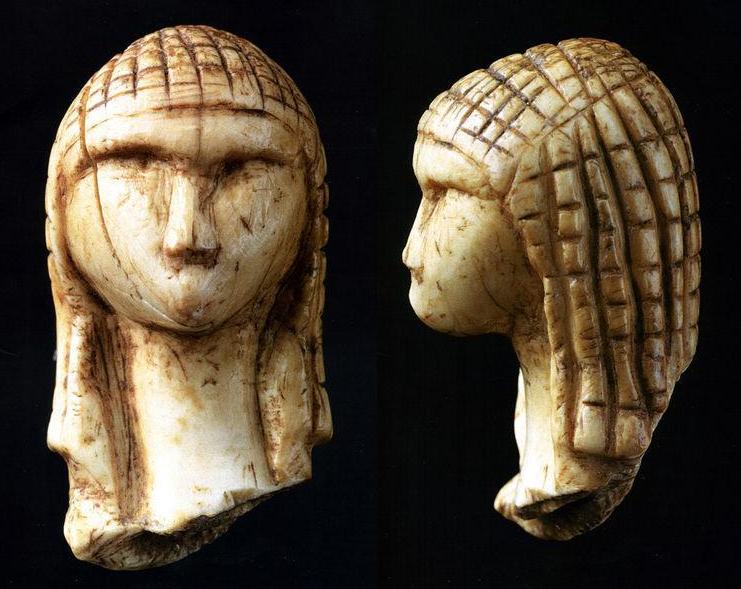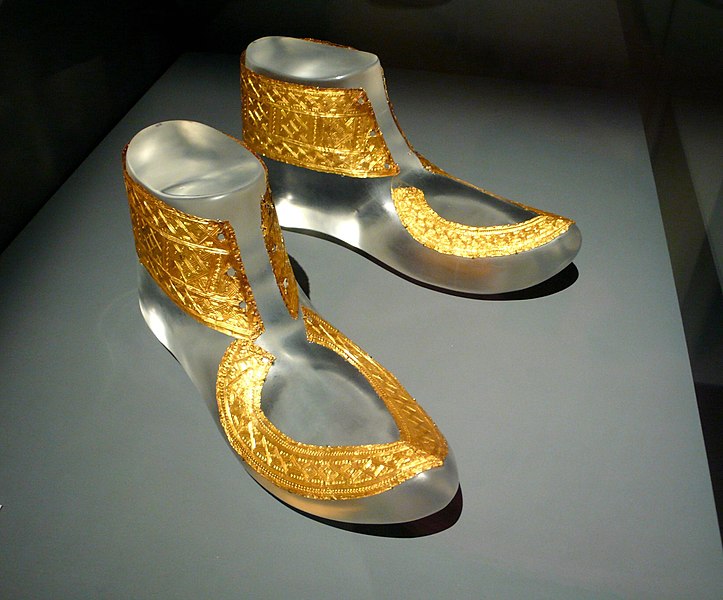There's a new project in store for me, and this one is dear to my heart because it is the place I call home when I go to Miami. The apartment belongs to friends who are so dear to me that they have become family.
Over the next few months we will be remodeling this great apartment by installing new floors, painting, adding new furniture, window treatments, a new bathroom and a new kitchen.
As you can see the apartment looks very washed out with all white surfaces and black and steel furniture with the orange chair as an attempt at color. It is the quintessential bachelor pad... ha!
As I move forward with this project I will be showing you what we do and how we do it, I will share product information, tips and other helpful information for you to get your own renovations going.
It will be a great journey as we give this apartment a new life step by step, and turn it from a house into a beautiful home!
Have a great day!




















































